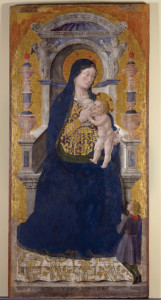
SIgned and dated by the painter, The Madonna Nursing the Baby Jesus (1464) is the earliest known work by Antoniazzo Romano.
On display until February 2 on the ground floor of the majestic Palazzo Barberini, built by Maffei Barberini for his family beginning in 1623 when he was elected Pope Urban VIII, and today home to one of the Eternal City’s most important painting collections, is “Antoniazzo Romano: Pictor Urbis.” It’s the first monographic exhibition ever of this early Renaissance painter and leading figure of the Roman school during the 15th century.
In spite of his importance during his lifetime, today Antoniazzo Romano is no longer a household name like many of his contemporaries, Piero della Francesca, Ghirlandaio, Beato Angelico, and Perugino, for examples.
He was born Antonio di Benedetto Aquilo degli Aquili in c. 1435 in Rome’s downtown “Colonna” rione or neighborhood. His father Benedetto was a painter and Antonio trained in his father’s workshop on Via Cerasa, now Piazza Rondanini, together with his brothers, Nardo and Giuliano. Our earliest information about him dates to 1452, when he was fined for participating in a brawl.
His first recorded work, a replica (untraced) of the miraculous Virgin and Child of St. Luke, one of the so-called “Luke images” in Rome’s Basilica of Santa Maria Maggiore, is from 1461, commissioned by the condotttiero and Lord of Pesaro, Alessandro Sforza. His artistic career took off three years later when, summoned to decorate the ceremonial apparati for Pope Paul II’s election, he started working for the papal court and quickly produced a triptych of the Virgin and Child With Saints, now usually in Rieti but currently displayed here.
In 1467, Antoniazzo received his first significant commission: the decoration of the humanist Cardinal Bessarion’s funerary chapel in the Roman Church of Santi Apostoli. “In the center of the decoration,” Wikipedia tells us, “is an icon of the Virgin, now in the Chapel of St. Anthony, a copy of the Byzantine icon in Santa Maria in Cosmedin, the church of the Greeks in Rome. This icon in the Santi Apostoli is one of the most remarkable examples of Antoniazzo’s considerable production of Virgins, generally taken from Byzantine models; he was indeed a much sought-after copier of icons.”
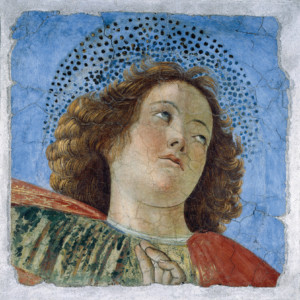
A fresco of the Evangelist St. John by Melozza da Forli on loan from the Vatican Museums.
His next major works were 27 frescoes depicting the life, miracles, and visions of St. Francesca Romana in the large medieval and Baroque Monastery of Tor de’ Specchi at the feet of Rome’s Campidoglio near the ancient Theater of Marcellus’ imposing ruins, as well as the decoration of the public rooms in nearby Palazzo Venezia.
During the 1470s — an important turning point in his career — Antoniazzo worked on the decoration of the Vatican Palace, including the Library’s frescoes, with artists from elsewhere like Perugino, Melozzo da Forlì and Ghirlandaio, who had all come to Rome to work for Pope Sixtus IV. “Through their influence,” Wikipedia tells us, “his figures acquired gentler expressions and their garments were ornamented with decorated patterns, though always retaining several medieval features” like his Byzantine-inspired Virgins and Child.
During the Sistine pontificate (1471-84) and especially for the Jubilee of 1475, Antoniazzo produced numerous devotional images of the Virgin. “These were small paintings on panels,” an exhibition wall panel explains, “often enshrined in aedicula frames, designed as items of domestic furniture and as small-scale altars for private worship…” for Pope Sixtus IV encouraged the cult of the Virgin. Together with Melozzo, he worked on the frescoes in Santa Maria sopra Minerva and subsequently painted for that church his famous Annunciation (here dated 1500, though other sources say earlier).
The altarpieces that Antoniazzo painted during the decade 1480-90 for several churches and chapels in Rome or monasteries in Latium include some of his masterpieces: his panel with St. Vincent, St. Catherine (whose head is the exhibition’s logo), and St. Anthony of Padua, made for the chapel of the Portuguese Cardinal Giorgio Costa in Santa Maria del Popolo. “This work,” another wall panel tells us, “transferred at the beginning of the 16th century to Montefalco in Umbria, reveals the noble and grand style of Melozzo da Forlì. Instead in his altarpiece of the Madonna and Child with Saints Paul and Francis of Assisi, commissioned by the Franciscan Church of Poggio Nativo near Rieti, the early, yet refined, stylistic features of Antoniazzo merge with the first signs of the Umbrian school’s influence.”
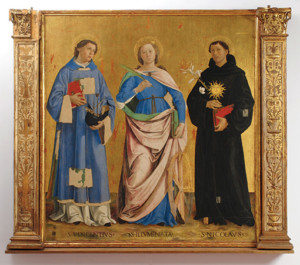
St. Catherine of Alexandira flanked by St. Nicholas of Tolentino and St. Anthony of Padua. St. Catherine’s head is the exhibiotn’s logo.
It can be said that Antoniazzo’s career took off with the 1475 Holy Year and ended with that of 1500, when he signed and dated his last work, the Annunciation, for the confraternity of “Annunziata.” In its background is the Spanish Dominican Cardinal Juan de Torquemada (1388-1468), uncle of the Inquisitor Tomás, presenting poor girls dowered by the “Annunziata,” dedicated to the Virgin Mary, which he had founded.
Antoniazzo’s exact date of death is unknown, but in his will of March 28, 1508, on display here, he requested to be buried in the Aquili family tomb in San Luigi dei Francesi. Soon his eldest son, Marcanotonio, moved the family workshop to near Rieti, where Antoniazzo’s nephews and sons carried on his tradition successfully under Marcantonio’s guidance.
An inventory of Antoniazzo Romano’s works compiled by the highly-respected Roman art historian Federico Zeri (1921-98) numbers 144, the majority of which are in Rome or nearby in Latium: Bracciano, Civita Castellana, Fondi, Nazzano, Palombara Sabina, Rieti, Sant’Angelo Romano, Scandriglia, Stimigliano, Subiaco, Sutri, Tivoli, Velletri, Viterbo, and Zagarolo. In Rome, his works not among the 50 on display here are found in the churches: Basilica dei Santi Apostoli, San Pietro in Montorio, Sant’Onofrio, Santa Maria Maggiore, Santa Croce in Gerusaleme, San Giovanni in Laterano, Santa Maria della Consolazione, San Paolo fuori le Mura, Sant’Ambrogio alla Massima, Santa Caterina a Magnanapoli, San Pietro in Vincoli, Santa Sabina, Santa Maria in Cosmedin, and Sant’Antonio dei Portoghesi. In Italy outside Rome and environs: in Assisi, Capua, Cortona, Fermo, Florence, L’Aquila, Milan, Montefalco, Naples, Perugia, Turin, Varone, and Venice. In Europe: in Croatia at Zagreb; England at London; France at Ajaccio, Avignon, and Lille; Germany at Attenburg, Berlin, Frankfurt, Kassel, and Karlsruhe; Ireland at Dublin; Spain at Granada, Madrid, and Valencia, and Vatican City. In the United States they’re in Baltimore’s Walters Art Museum; in Cambridge, Massachusetts at Harvard’s Fogg Art Museum; in Detroit’s Institute of Arts; in Houston’s Texas Museum of Fine Arts; in New York City’s Metropolitan Museum; in Southampton, New York, at the Parrish Art Museum; in Pasadena’s Norton Simon Museum; in Sacramento’s Crocker Art Museum; and in Shawnee, Oklahoma’s St. Gregory’s College.
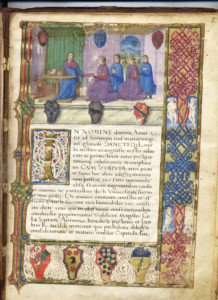
A page from the statue of the Accademia di San Luca.
A portion of Antoniazzo Romano’s Madonna and Child with Donor in Houston was chosen as the art masterpiece United States Postal Service’s Christmas stamp for 1991.
This past Christmas the British Post Office issued a stamp featuring a detail from his painting Virgin and Child with Young St. John the Baptist currently in London’s Courtauld Gallery. Although today his works are located in many places, there is no documentary record of any travels by him or any works painted outside of the Eternal City.
The 50 works of “Antoniazzo Romano: Pictor Urbis” are displayed in chronological order divided into 13 sections: The First Roman Painters; His First Commissions, which includes his Madonna and Child in Rieti (1464); At the Caetani’s Court; The 1478 Statutes of the Compagnia di San Luca, the guild of painters and illuminators in Rome, of which he was one of the three founders and signees; Influences, Collaborations, and Exchanges containing a Bishop’s Head by Benozzo Gozzoli, whose paintings along with those of Piero della Francesca greatly influenced Antoniazzo, as well as an Apostle’s Head by Melozzo and a San Filippo Benizi by Perugino, with both of whom he collaborated; The Madonnas of his Success; The Revival of Medieval Themes; His Great Altarpieces; His Workshop on Cerasa Street; His Rooms of St. Catherine of Siena; The Jubilee of 1500; His Son Marcantonio Aquili; and His Influence on the Painting of Central Italy.
Except for an often-reproduced fresco of A Head of an Apostle by Melozzo on loan from the Vatican Museums, none of the works-of-art here have been loaned from outside Italy and only a few from outside Rome and Latium. In addition to the paintings, the exhibition includes several documents: the statutes for the founding of the Accademia di San Luca; a letter from Antoniazzo Romano to Cardinal Guglielmo de Pereriis about a chapel in Santa Maria della Pace; two parchment payment receipts for his apparati for Pope Alessandro VI’s coronation and for Santa Maria sopra Minerva’s Annunciation; a copy of his will dated March 28, 1508, and the final accounting of how his property was divided between his heirs dated March 6, 1520.
The exhibition opens with three works painted by three little-known painters born in Rome or nearby before Antonizzo: Simone da Roma, Antonio da Viterbo, and a third without a name, and ends with a magnificent triptych of the Resurrection by Antoniazzo’s son, Marcantonio (reportedly his only surviving work) followed by paintings portraying the Madonna by central Italian artists influenced by Antoniazzo: Pancrazio Jacovetti, Cristoforo Scacco, Saturnino Gatti, and Nicola Filotesio (known as Cola dell’Amatrice).

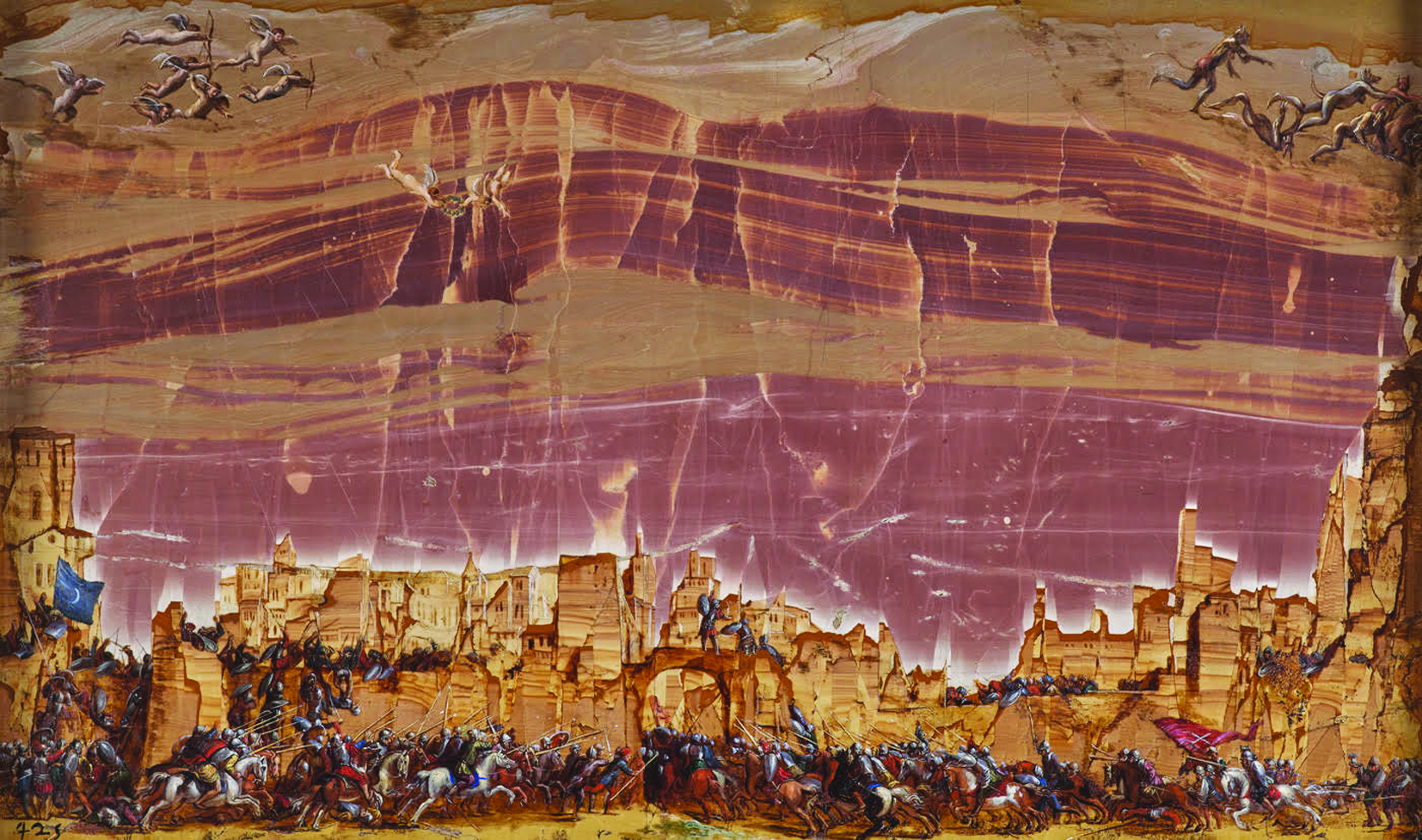
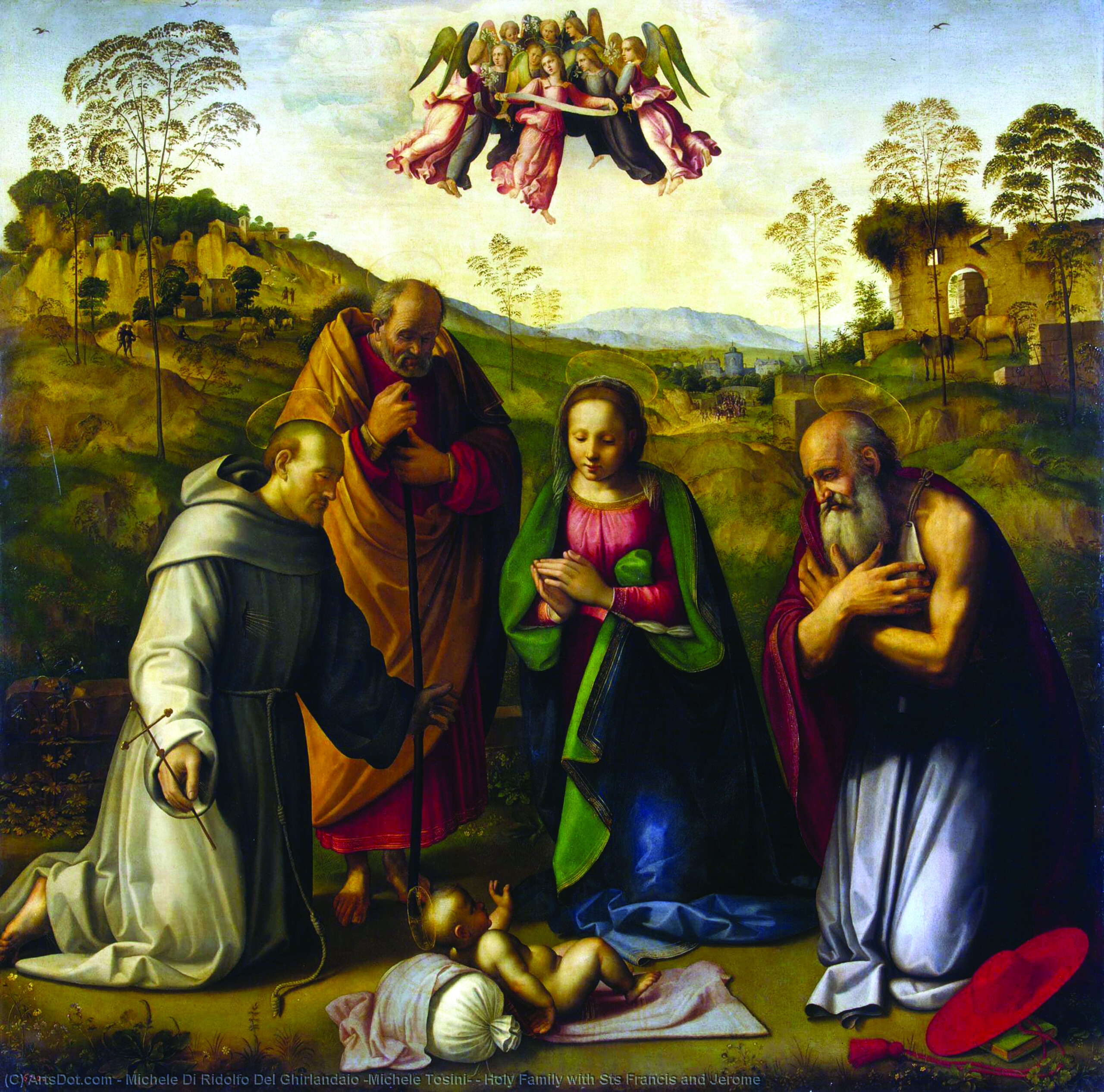
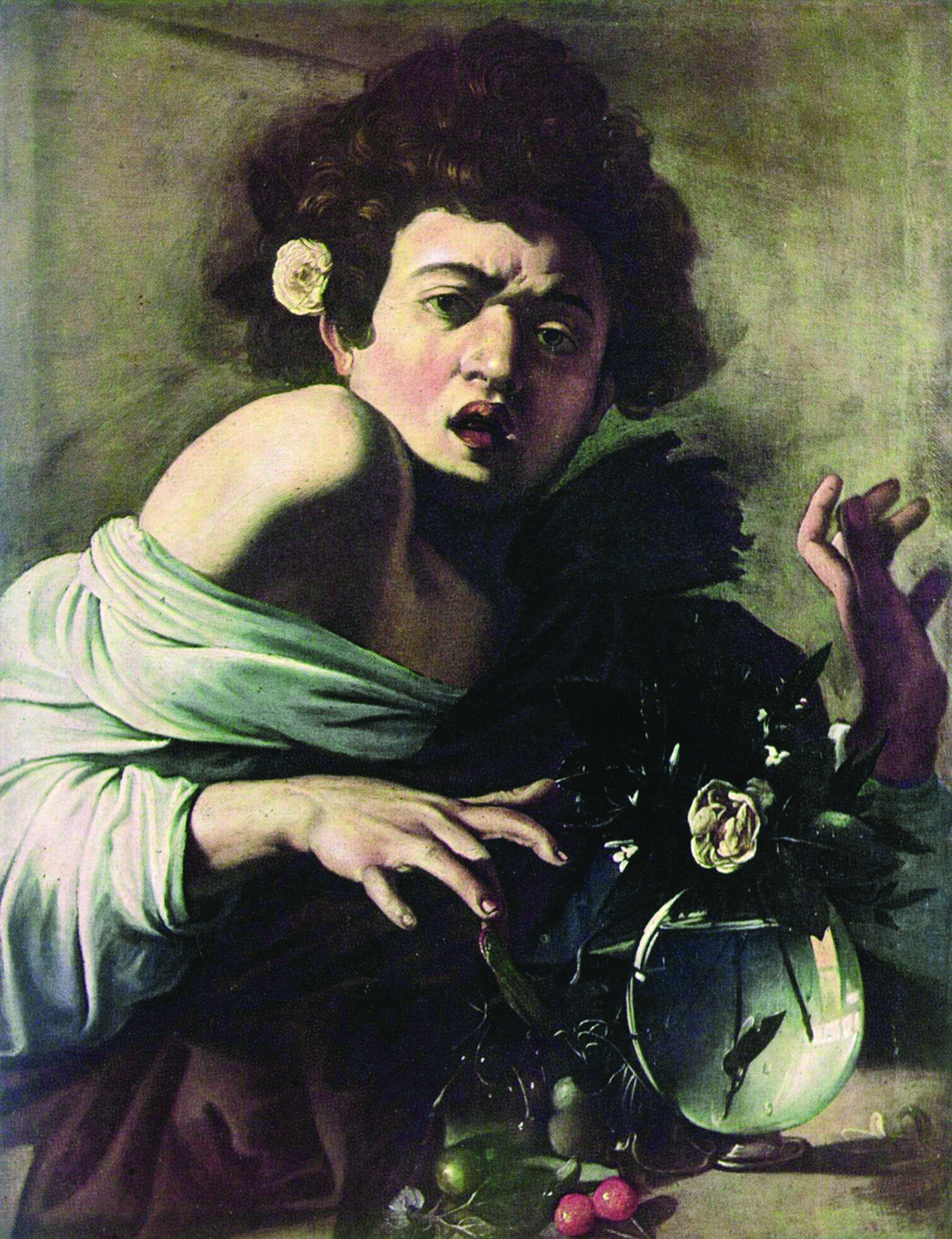
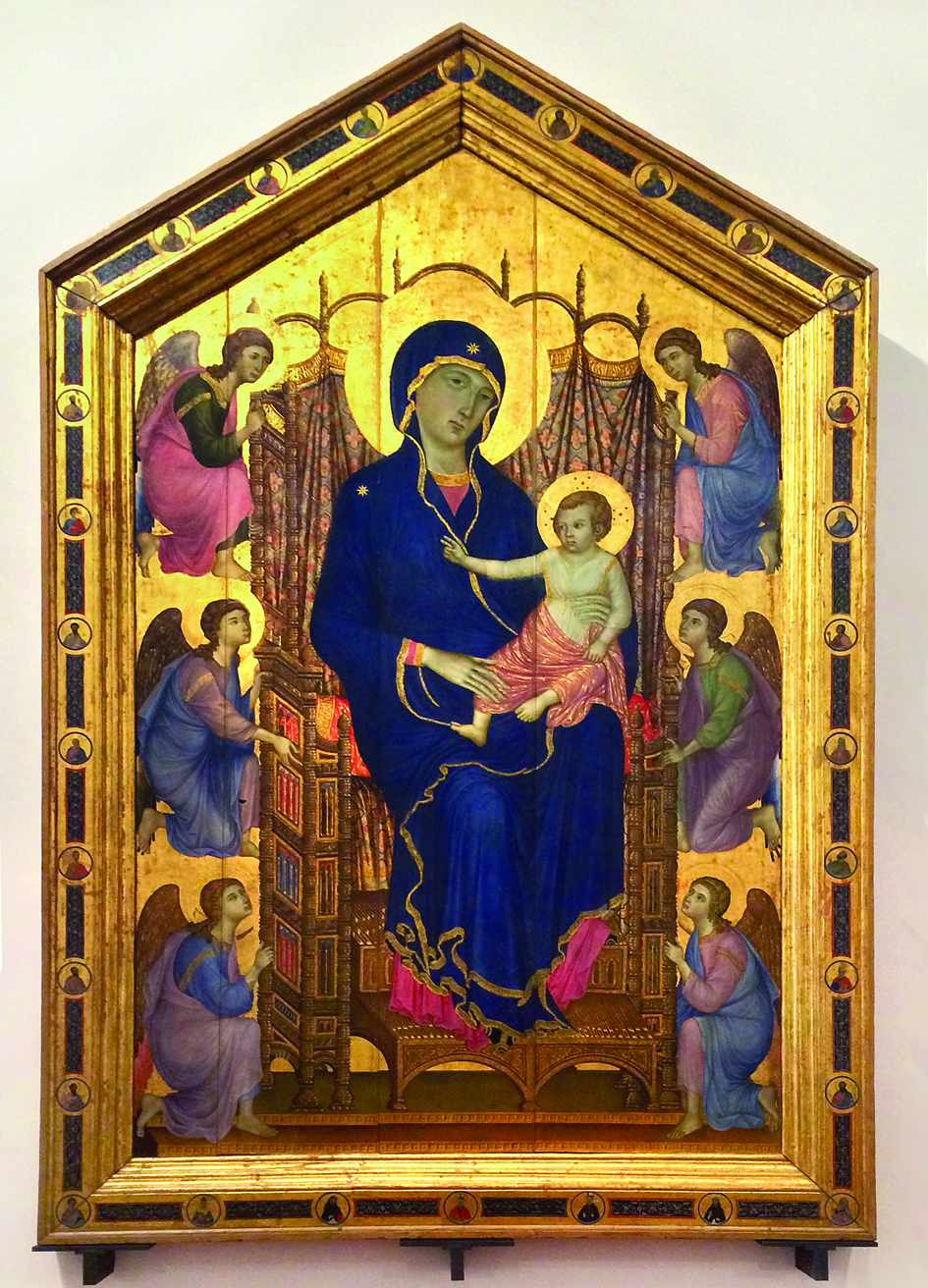

Facebook Comments